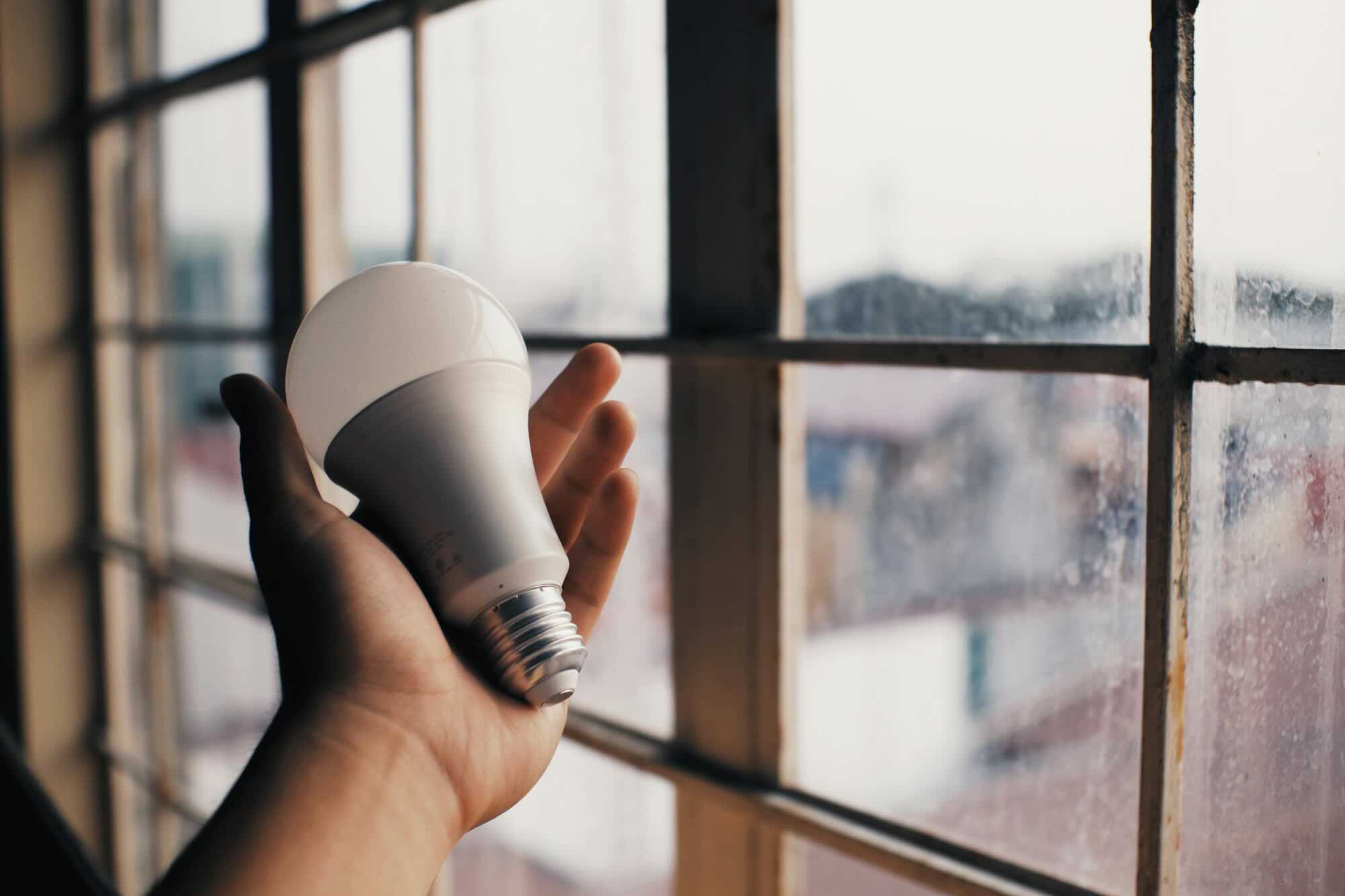By making strategic energy-efficient home improvements, you can enjoy lower utility bills, a more comfortable living space, and even increase your property value. Implementing these upgrades not only reduces your carbon footprint but also enhances the overall sustainability of your home.
From installing modern insulation and energy-efficient windows to upgrading your heating and cooling systems, each improvement contributes to a healthier environment and a more resilient home. Additionally, many of these energy-efficient solutions qualify for government incentives, further reducing the upfront costs and maximizing your long-term savings.
Here’s how to start your journey to a more energy-saving home.
1. Seal Air Leaks to Boost Efficiency
Air leaks around windows, doors, and other openings can lead to significant energy loss, making your HVAC system work harder than necessary. Sealing these gaps with caulk or weatherstripping is a simple yet effective way to improve your home’s energy efficiency. This easy fix can prevent drafts and help maintain a consistent indoor temperature.
2. Improve Insulation for Better Temperature Control
Proper insulation is vital to maintaining an energy-efficient home. Adding insulation to your attic, walls, and basement can keep your home warm in the winter and cool in the summer. This energy-efficient home upgrade can significantly save your heating and cooling bills.
3. Upgrade to Energy Efficient Windows
Single-pane windows can be a significant source of energy loss. Replacing them with energy-efficient windows is a wise investment for any homeowner. Look for windows with a high energy performance rating to ensure maximum efficiency. This upgrade saves energy, helps maintain a consistent indoor temperature, and improves the aesthetics of your home.
4. Invest in Energy Efficient Appliances
Energy-efficient appliances consume less electricity and water, lowering utility bills and a smaller environmental footprint. When shopping for new appliances, look for the ENERGY STAR label, which indicates that the product meets strict energy efficiency guidelines set by the U.S. Environmental Protection Agency.
5. Install a Programmable Thermostat
A programmable thermostat allows you to set different temperatures for different times of the day, helping reduce energy consumption when you’re not home. This simple and affordable device can lead to significant energy savings.
6. Upgrade Your Lighting
Switching to energy-efficient lighting is one of the most accessible and impactful energy-efficient home tips to implement. Replace incandescent bulbs with LED or CFL bulbs, which use less energy and last longer. Additionally, consider installing dimmer switches and motion sensors to reduce energy consumption further.
7. Utilize Renewable Energy Sources
Consider installing solar panels or other renewable energy sources to power your home. While the initial investment can be high, the long-term savings and environmental benefits make it worthwhile. Renewable energy systems can significantly reduce reliance on traditional power sources and lower energy bills.
Making your home energy efficient doesn’t have to be overwhelming or expensive. By implementing these energy-efficient home upgrades, you can enjoy a more comfortable living environment and save money on utility bills. Dickson Realty is committed to helping you create an energy-saving home that enhances your lifestyle and property value.



